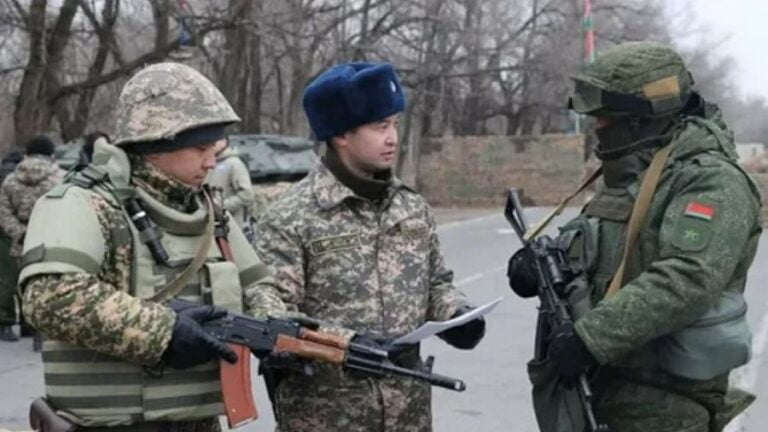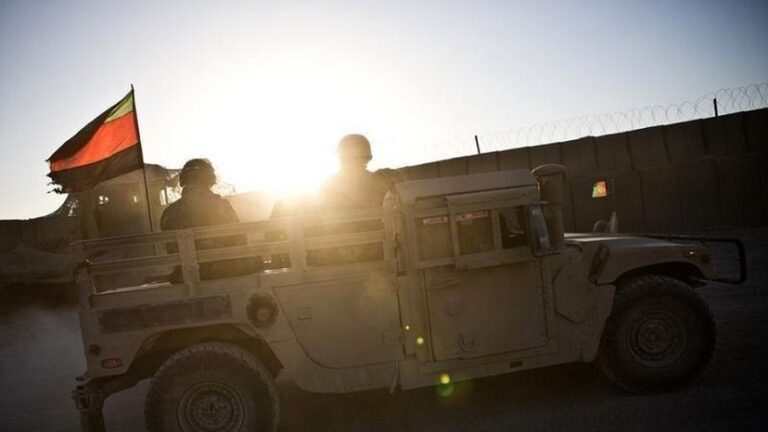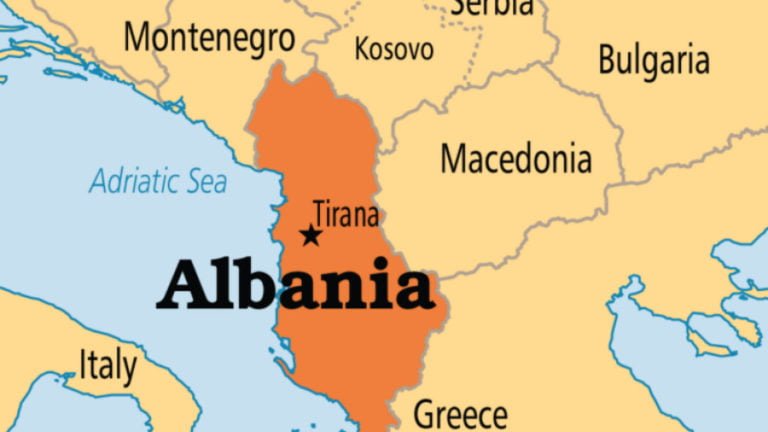New Silk Roads Define Brand China
The New Silk Roads symbolize way more than high-speed rail lines crisscrossing Eurasia, or a maze of highways, pipelines and port connectivity. They represent a Chinese alliance with at least 65 participating nations, responsible for 62% of the world’s population and 31% of its GDP.
The Belt and Road Initiative (BRI), as it’s formally known, is not a “road” or a collection of roads, like the Ancient Silk Road. It’s a strategic axis embodying the organizing Chinese foreign policy concept for the next three decades. And BRI goes beyond Eurasia and Africa, extending all the way to Latin America as well, as Foreign Minister Wang Yi stressed in January at the summit between China and the Community of Latin American and Caribbean states.
Tackling every field from communications strategy to infrastructure, finance, culture, education and geopolitical relations between states, BRI aims to reinforce China’s political capital.
The emphasis so far – we’re still in the initial planning stage – is not even on concrete projects, although some are already game-changers. Take for instance the new railway linking the dry port of Khorgos, on the China-Kazakhstan border, to Almaty (in Kazakhstan), Tashkent, Samarkand and Bukhara (in Uzbekistan), Turkmenabat (in Turkmenistan), to Mashhad in Iran and all the way to Tehran.
Because China is the only nation in the world to have devised a nearly global strategy in terms of trade and investment, BRI is allowing China to shape what Washington defines as the “rules-based” international system closer to its priorities. The global economic context, slowly but surely, will be adapting to what BRI represents.
So it comes as no surprise that from an Anglo-American point of view, BRI-bashing is now a cottage industry. BRI is routinely derided as neo-colonialism and debt enslavement, pronounced “dead” in Malaysia – and soon to be dead in Pakistan and Sri Lanka.
Yet the fact is Malaysian Prime Minister Mahathir Mohammad, for instance, sees BRI as an opportunity – as it aims to connect Eurasia with each city node profiting from the increased business traffic. BRI just needs to be tweaked to fit into each nation’s priorities.
Expanding the brand
BRI is now merged into the China brand. BRI is the brand leading to the “Chinese Dream” that President Xi Jinping is promoting, of a global power with pride of place in the international order.
The leadership in Beijing will be learning a few BRI lessons – fast. Expect the focus to be centered on a few, selected infrastructure projects able to make their mark and set quality standards. Pakistani diplomats, for instance, are convinced CPEC – the China-Pakistan Economic Corridor – is one of these projects.
Beijing will be more attentive to developments that practically improve people’s lives in BRI-participating nations, decided in a more transparent manner. So expect, the Asia Infrastructure Development Bank (AIIB), for example, to work more closely with the Asian Development Bank (ADB).
BRI-bashing is inevitably linked to the fact that Western geopolitical and geoeconomic dominance – a brief historical interlude – is coming to an end. As Kishore Mahbubani, Singapore’s former UN ambassador argues in his latest small tome ‘Has The West Lost It?’ that the rules of the new world order will be set in the East, that international law is bound to change, and the heart of financial institutions and global trading structures will be dominated by China and India.
Now imagine the haughty West having to adapt to a new normal that responds to a Confucian – or even Hindu – way of organizing society. The only American response so far has been to launch a self-defeating trade war.
It does not matter that Xi is trying hard to apply Confucian ethics to the vast spectrum of rational governance. The Western depiction of China as a neo-Orwellian autocracy-surveillance state is bound to persist – condemned to suffering the ignominy of a middle-income trap and even to be the loser in an eventual war generated by a recycled Thucydides Trap.
So expect books with titles such as “The End of the Asian Century”, drenched in racism, to continue arguing that the Chinese miracle is dead and what lies ahead is nothing but a “weak and dangerous” Asia.
It may be enlightening to introduce the work of the great Paul Virilio, who recently passed away, into this debate. The creator of a discipline, “dromology” (dromos = speed), developed in essential books such as ‘Speed and Politics’ (originally published in France in 1977) and ‘The Aesthetics of Disappearance’ (1980), Virilio, before anyone else, anticipated the era of global “tele-surveillance”.
High speed and depth of field
Speed, as Virilio analyzed it, is an essential factor in the distribution of wealth and power. In each historical epoch, the dominant mode of transport determines the organization of society. From Ancient Greece – home of the popular saying “those who make ships sail govern the city” – to the horse riding at the basis of feudalism and the rail dynasties during the explosion of capitalism.
China has a particular relationship with speed. The speed of its own economic miracle has no historical parallels. BRI may be – for now – progressing at slow speed, but a possible future vision may be glimpsed via China’s obsession with high-speed rail and how what happens inside China may offer the blueprint for a BRI-linked Eurasia.
Internally, China is organizing itself around 20 mega-urban environments with tens of millions of people each. Shenzhen, in the Pearl River Delta, is already China’s fourth economic hub, where almost half of all international patents are registered.
The $18-billion, 55 kilometer-long Hong Kong-Macau-Zhuhai bridge now allows a 180-minute loop starting from Hong Kong’s Chek Lap Kok Airport across the New Territories, Shenzhen and its state of the art airport, the upper part of the Pearl River Delta on the way to Guangzhou, Zhongshan, Zhuhai and finally Macau. The Great Bay Area incorporates 10 cities.
Beijing for its part boasts seven ring roads. The latest, the G 95 (Capital Region Ring Expressway), inaugurated in early 2017, runs for 940 kilometers, structuring the immense in-progress Jing-Jin-Ji megalopolis (Beijing, Tianjin and certain areas of Hebei).
Virilio, decades before our lives became ruled by a complex of screens, was already delineating how the single formatting of the world in parallel to the reconstitution of local feudalities was a double threat linked to the decline of the nation-state.
China though is a civilization-state, and BRI may hint at something completely different. Virilio stressed that if the world is flat – as it seems to be now – it loses its depth of field and that man loses its depth of action and reflection, turning into a two-dimensional man. That’s the condition to which the kingdom of the screen condemns us.
But what if BRI, with its emphasis on high-speed connectivity, was aiming at three-dimensional man with a depth of field not only Eurasian, but virtually global?







